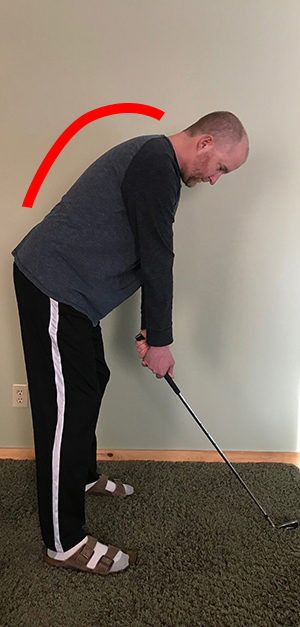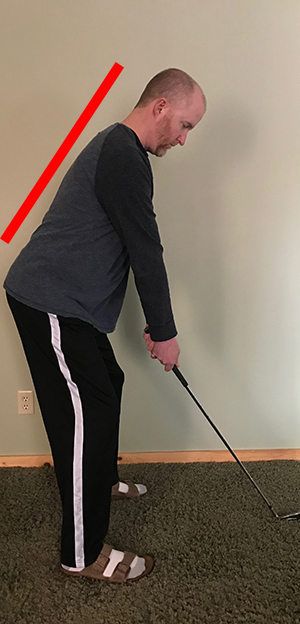I enjoy watching the PGA Tour on TV. Outside the majors, Ryder Cup, or Olympics, life’s busy schedule usually prevents me from watching extensive coverage of each event, although I usually at least try to catch the back nine of the final round.
Beginner and high handicap golfers can learn both things to do and things not to do from watching professionals on TV. I plan to share my thoughts on each tournament I watch.
This week was the Valero Texas Open, played on the AT&T Oaks Course at TPC San Antonio. It was an enjoyable final round to watch with Andrew Landry and Trey Mullinax both battling for their first PGA Tour victory.
It was also great to see Zach Johnson, with 12 PGA Tour wins but none since the 2015 Open, in the final group on Sunday. Zach could never get it going on Sunday, shooting an even par 72 and finishing 5th in the tournament.
There’s been a lot of talk again about “rolling the ball back”, forcing pros to use limited distance balls. Some feel that the combination of club technology, ball construction, and player conditioning has allowed players to hit the golf ball too far, rendering many courses unusable for tour events.
Although the AT&T Oaks Course measured 7435 yards, which puts it middle of the pack for course lengths, it was referred to as a shot maker’s course. There are shorter courses on tour including Riveria Country Club and Harbour Town, which require precise shot making and do not necessarily benefit long bombers of the golf ball.
I’m not convinced the golf ball needs to be rolled back, especially when a shorter hitter like Zach Johnson can compete on tour. Zach can compete not just on the shorter, shot making courses, but just about any course on tour.
What Zach Johnson lacks in distance he more than makes up for in his short game and putting, especially his wedge game. In fact, even the long bombers have an incredible short game. You’ll see pro golfers occasionally spray it all over off the tee, but every one of them has an exceptional short game.
This is a great lesson for beginner and high handicap golfers. While it is important to work on your swing speed to build up your distance, and putting the ball in play off the tee is also very important, but you will make the most progress on lowering your scores by focusing on your game from 100 yards and in. That includes your wedges and putting.
So, when you are at the practice range, it is important to work on your driver and irons but spend the majority of your time spilt between your wedges and putter. Create the best short game you possibly can.


